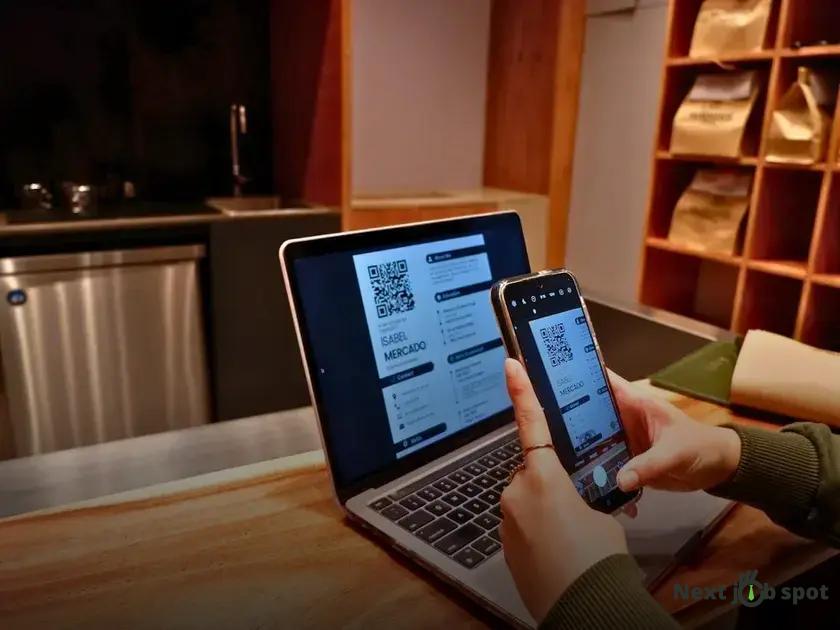Staying connected with professional contacts is crucial in today’s digital age. Using effective strategies like social media and regular check-ins can enhance your networking efforts. Explore personalized communication and group participation to maintain meaningful relationships. This guide will provide insights on the most effective ways to nurture your professional network and ensure you don’t lose touch with valuable connections.
Utilizing Social Media Platforms
Social media platforms offer powerful tools for maintaining professional connections. By leveraging sites such as LinkedIn, Twitter, and even Instagram, you can engage with your network more effectively. Regular interaction with your contacts on these platforms helps keep your presence fresh in their minds, opening up opportunities for collaboration and learning.
LinkedIn is ideal for professional networking. Update your profile regularly to reflect your current skills and accomplishments. Share industry news and insights, and don’t hesitate to engage with the content your connections post. This can foster a sense of community and demonstrate your expertise.
On Twitter, you can join conversations in your field by following relevant hashtags and participating in discussions. This platform is exceptional for establishing your voice and sharing quick updates or thoughts related to your industry.
Instagram might seem less professional at first glance, but it’s valuable for visual branding and connecting on a personal level. Share stories or posts that highlight your professional journey, or engage in live sessions that provide insights into your field.
Each platform has its strengths, and selecting the right one for your networking goals is crucial. Consistently contribute valuable content and interact genuinely with your peers to maximize the benefits of social media in professional networking.
Scheduling Regular Check-Ins

Regular check-ins play a vital role in maintaining and nurturing your professional connections. By scheduling these interactions, you’re demonstrating commitment and interest in your network. This consistency helps keep your relationships strong and builds trust over time. Try to set up a routine, whether it’s monthly or quarterly, to touch base with your contacts.
Use calendar reminders or apps to keep track of your scheduled check-ins. It’s crucial to tailor your approach based on the nature of each relationship. For closer contacts, you might opt for a phone call or video chat, whereas a simple email or message might suffice for acquaintances.
When reaching out, ensure that your message is meaningful and relevant. Avoid generic small talk; instead, inquire about recent milestones, share industry news, or provide useful resources that align with their interests. This thoughtful communication helps in maintaining engagement and makes your network feel valued.
Consider using different formats for your check-ins depending on what suits the person you’re contacting. Some people might prefer a professional environment like LinkedIn, while others might be more responsive through an informal text or direct message.
Finally, track your interactions to make sure you’re engaging with everyone in your network equally. A simple note on the last topic discussed can be extremely helpful for follow-ups, demonstrating that you genuinely care about the person on the other end.
Sending Personalized Messages
One of the most effective strategies to maintain a strong network is sending personalized messages. Whether you are reaching out for the first time or following up with a long-time contact, a personalized message can make all the difference. Instead of generic greetings, consider mentioning something specific about the person’s work, interests, or recent achievements. This shows that you value the relationship and have put thought into your communication.
It’s important to customize the tone and content of your message according to the relationship. For instance, a more formal tone might be appropriate for professional acquaintances, while a casual approach could be suitable for closer colleagues. Use language that resonates with the recipient and aligns with their preferences.
Additionally, think about the
right timing
for your message. If your contact recently received a promotion or completed a significant project, sending a congratulatory note can reinforce your connection. Consider periodic updates about your own achievements or interesting articles related to their field, which can serve as a bridge to maintaining ongoing communication.
Finally, remember to follow up after your initial message. People often appreciate when others check in after the initial outreach; it keeps the conversation alive and demonstrates genuine interest.
Participating in Professional Groups

In the realm of networking, immersing oneself in professional groups can be transformational. These groups provide access to industry insights, best practices, and a variety of perspectives. Diverse in nature, they might be aligned to specific industries, roles, or themes, which ensures deep, relevant conversations.
Attending regularly scheduled meetings offers the chance to foster meaningful relationships. Engaging in both online forums and offline gatherings helps maintain a pulse on the latest trends while building rapport with peers.
Online platforms like LinkedIn make it easy to locate groups that match your interests. Joining a group isn’t just about passive engagement; actively contribute by sharing insights, asking questions, and providing feedback to establish credibility as a thought leader.
Participating in webinars and conferences also counts as a proactive approach to expanding your network. These events allow for real-time interactions and collaborations that may not be possible through solely digital means.
Seek out mentorship or offer it within these groups. The exchange of knowledge strengthens bonds and builds a supportive community. Being part of cross-industry alliances can also spark innovation, bringing fresh ideas and approaches to longstanding challenges.


